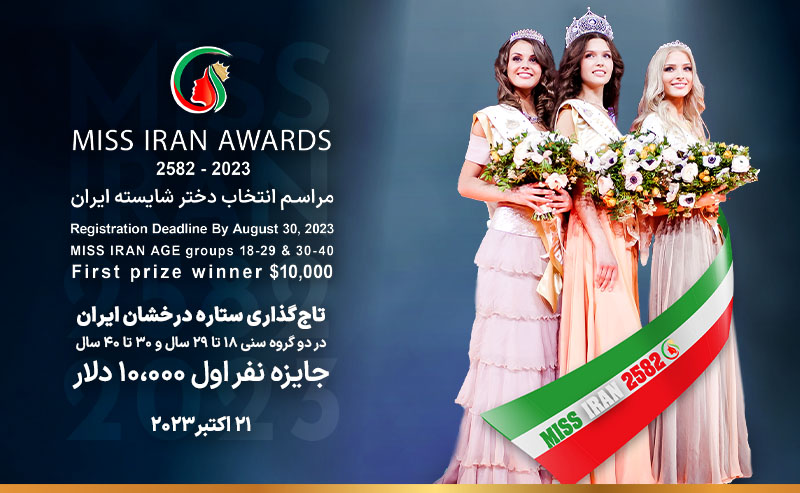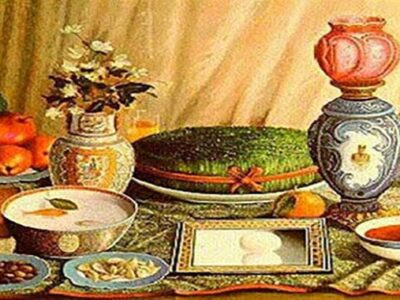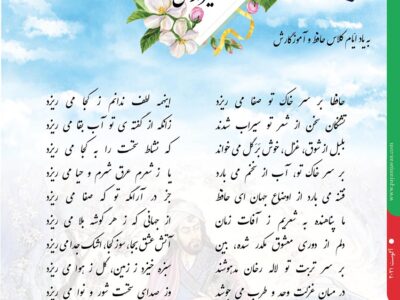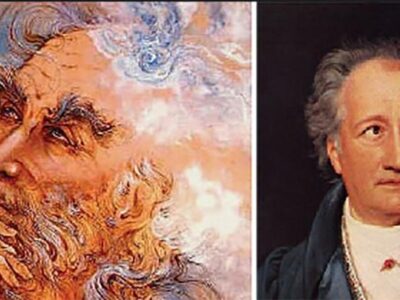By: Shahrdad Khabir
From 17 Dey 1314 to 21 October 2023 Nearly ninety years ago, on December 17, 1314, Reza Shah Pahlavi accompanied by his queen and two daughters, Shams and Ashraf, after performing a historic move (with the order of unveiling), attended the Teacher Training College and addressed the women present in the hall: “The happiness of the country and the future of the Iranian nation is in your hands, Iranian women, because you are the educators of the future generation of this land.” With this move, he laid the foundation and an inspiration in the history of Iran that crystallized 24 years later and we witnessed it in essence in the fifth white revolution or the revolution of Shah and people. According to Article 10 of the Law on Elections before the Shah and the people’s revolution, women were deprived of any political rights and were considered as insane, bankrupts, Beggers and convicts; But on April 6, 1341, the Election Law was changed and one of its achievements was women’s participation in elections under legal equality with men. Women like men were able to play an important role in determining their own destiny for the first time and gain the right to vote and be elected. Following the right to vote and elect for the National Consultative Assembly on April 16, 1342, the Family Protection Act was passed. This law abolished unilateral divorce and polygamy became difficult to get. Women had the right to request a divorce and were considered mothers for child custody after divorce or father’s death. Mohammad Reza Shah Pahlavi referred to Article 8 of the Constitutional Law which states that Iranian citizens will be equal before government law for reforms for social and political equality between men and women and removed restrictions on being a woman at all levels in all elections as well as being a Muslim. The Iranian king allowed all Iranians regardless of gender or religion to participate in their social and political life equally with equal rights in elections. With the approval of this law, women reached positions such as an ambassador, ministry, parliamentary representation, judiciary, university professorship, judicial advocacy, mayoralty, company management and other sensitive positions. Women were employed in the Shah’s armed forces and served Iran in military uniform and rank. It was during these days that the ceremony of choosing Iran’s worthy girl began at the initiative of Zan-e Rooz magazine and with the name Dokhtar-e Bahar (Spring Girl) in 1343. This ceremony was officially held under the name Dokhtar-e Shayesteh-ye Iran from 1345 until 1357, but after the unfortunate events of that year, the competition for “Iran’s worthy girl” was no longer held. Now, almost a century after tying the happiness of this land to the powerful character of women, we intend to come together on October 21, 2023, in praise of women, life, freedom and relying on the symbol of beauty, stability, art and culture of Iranian women. And another candle will be lit in order to move forward on a path that was founded by Iran’s modern founder. Our belief is that at the end of this dark night, with praise for life and its symbol – a woman – will be achieved. Join us tonight so that we can hold hands together and lay brick by brick to reach a prosperous and progressive Iran.















